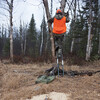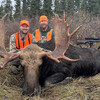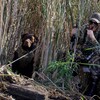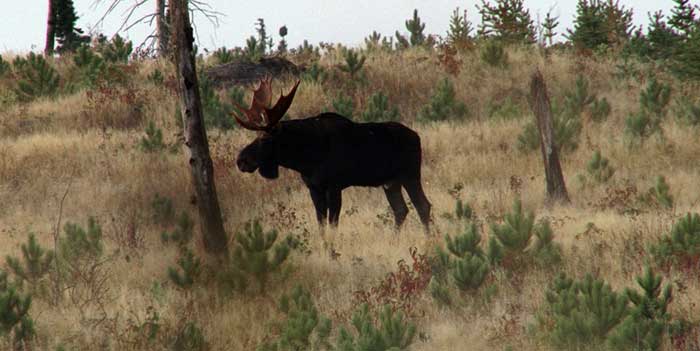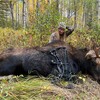
A Date with a Bull Moose
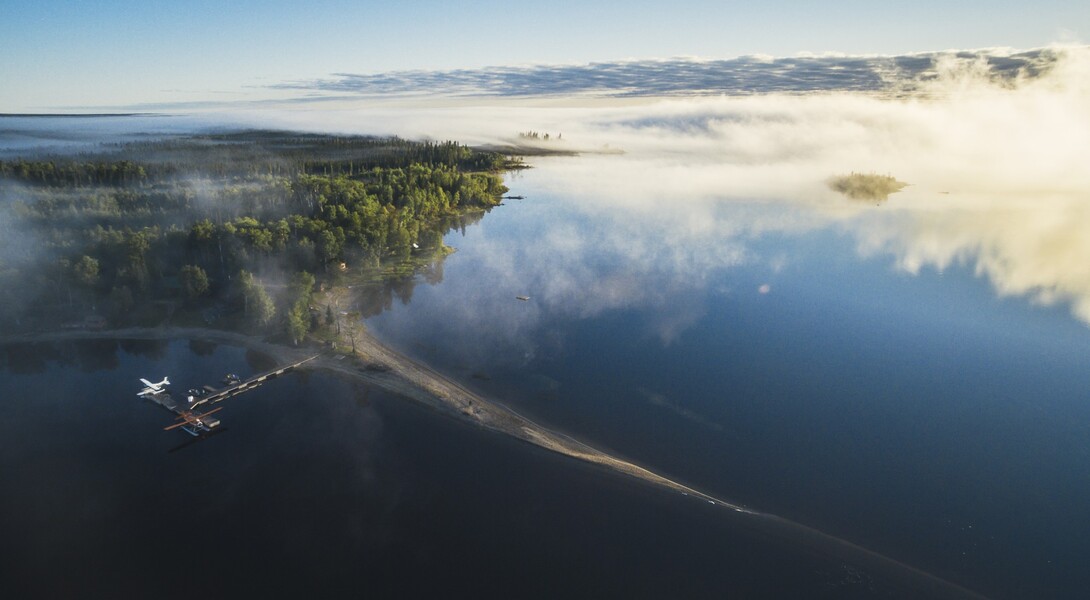
I’ve done a fly-in moose hunt every fall for the last six years. Flying into remote moose territory can be a very productive way to hunt. In fact, we have harvested animals on almost every trip. But last September, while hunting with Wilderness North at an outpost camp north of Armstrong, we saw two magnificent bulls and failed to connect. This year, we are returning to the same outpost for another chance.
Every year, I learn more about this unique moose hunting situation, and planning for this year’s excursion started the minute I returned home from last year’s hunt. Here are some of the things I consider when planning such a venture.

Water Hunt
When doing a fly-in moose hunt in Northern Ontario, you’ll be lake hunting. While you can’t discharge a firearm from a motorized boat, the majority of your time will be spent scouting shorelines for good moose habitat. I boat the entire lake or body of water adjacent to camp on the first day, stopping to call moose in promising areas. I then return to those places on consecutive days. Two years ago, I shot a young bull at first light at the very spot I had called on the first evening of our hunt.
There is usually a lot of shoreline to cover, so I move around constantly, checking as much area as possible. I’ve found that sitting in a single spot for long periods is generally not productive. Moose are often sighted at times or at places that you wouldn't anticipate. On my first fly-in with my son Tim, we spent from dawn until mid-afternoon at a moosey-looking feeder creek. I belted out calls until my throat was raw. Finally, we headed back to camp. On the way, we spotted a big bull, moving in the opposite direction of our calls, hot on the trail of a cow. We were able to harvest that bull in a stand of black spruce, which was about as atypical of a moose habitat as you could imagine.
Self-Reliance
Once you're dropped off at an outpost, you're left to your own devices until they return for you, so bring everything you need for field dressing and hanging an animal.
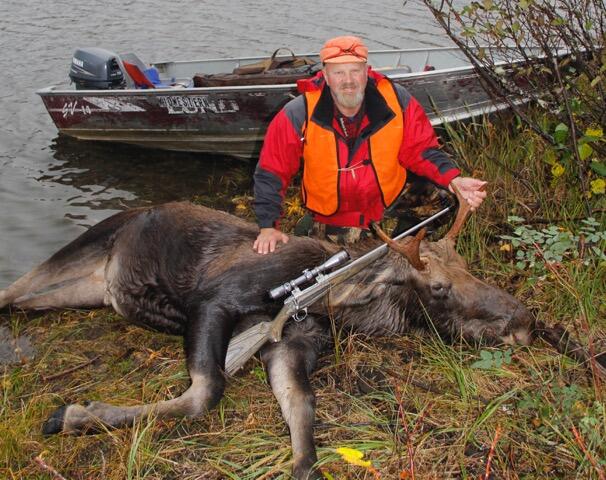
I have a moose processing kit that includes ropes and pulleys, cheesecloth bags, salt for preserving a cape, and black pepper to keep flies off the meat. Bring a hammer and nails to fashion a hanging rack if necessary. This year I’m adding a portable winch to my list to do the heavy lifting. Tim’s big bull from a few years ago was so heavy, it was a real challenge skidding the quarters from the dock up to our meat pole.
This year, we plan on harvesting one of the trophy bulls we encountered last year. We called one bull to within 80 yards, but just as we were preparing to shoot, he detected movement on our part and that was the end of the story. Hopefull,y this year cooler heads – and a little bit of luck -- will prevail.
Recommended Articles

Moose Outfitters in Ontario
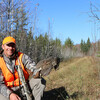
Grouse Hunting in Sunset Country
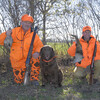
Top Pheasant Destinations

Cooking Wild Game: Venison Kofta Kebabs
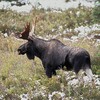
Ogoki Moose
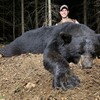
A Bear of a Lifetime

Crossing the Border into Canada
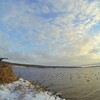
Fast & Furious Duck Hunting
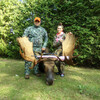
Ontario's Largest Moose by a Female
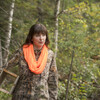
Becoming a Trapper
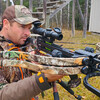
A Whitetail Hunt with Border Country Outfitters
Deer Hunting in Sunset Country

Grouse Hunting Outfitters In Ontario’s North
Hunting with The Wind
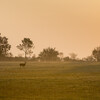
Spot and Stalk
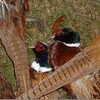
Pelee Pheasant
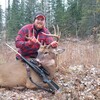
26 Amazing Whitetail Hunting Lodges in Sunset Country
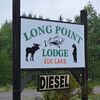
Grousing in Northeastern Ontario
